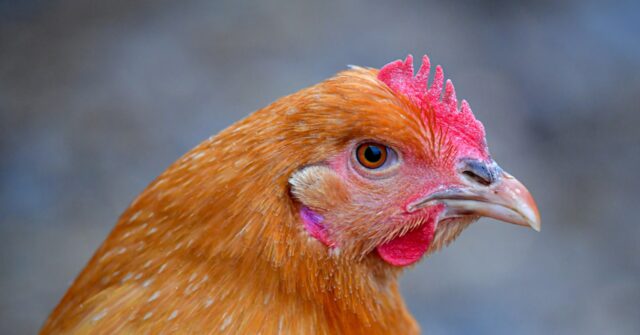The potential impact of President Donald Trump’s proposed mass repatriation of undocumented migrants on the poultry industry has stirred considerable debate among economic commentators and industry experts. AviNews.com noted that the poultry sector highly depends on immigrant labor, which, in many cases, is undocumented. The article highlighted that the imminent departure of this workforce could have a ripple effect on both wages and prices of chicken products. If companies are forced to recruit domestic workers—many of whom may command higher wages—the overall labor costs in poultry processing plants could increase. Moreover, the expected decline in the immigrant consumer base may lead to a reduction in poultry demand, ultimately resulting in lower prices for chicken products. With a smaller consumer base, the oversupply of poultry may significantly affect producers’ revenue, as echoed by Len Steiner, founder of Steiner Consulting Group, at the Meat Institute’s Economic Outlook event in December.
In sharp contrast to these economic forecasts are the often dire warnings from pro-migration lobbying groups in Washington, D.C. These lobbyists express concern over the adverse consequences that a decrease in the immigrant workforce may have on the poultry sector’s profitability and overall viability. The fear is that reduced labor availability could lead to diminished production and higher costs for consumers, undermining an industry that operates on already thin profit margins. As financial pressures mount, poultry companies are exploring various strategies to mitigate the economic fallout from losing access to low-cost immigrant labor, such as increasing automation in their processing plants. This shift towards technological solutions reflects an urgent need to optimize production while coping with a reduced workforce.
The poultry industry’s trend toward automation gained momentum following Donald Trump’s election. Companies have begun investing significantly in technological advances that enhance productivity while reducing dependence on human labor. A notable example is Tyson Foods’ $300 million processing plant in Danville, Virginia, inaugurated in late 2023. This facility has the ability to produce 20% to 30% more chicken products with a significantly smaller workforce than older plants. Such innovations not only increase efficiency but also have the potential to improve wages for existing workers, thereby addressing some historical wage undervaluation in the sector, stemming from a reliance on mostly low-paid labor.
The economic backdrop affecting labor participation in the U.S. further complicates the picture. Many working-age Americans, particularly men without college degrees, remain sidelined from the labor market. According to research from the Center for Immigration Studies, the labor force participation rate for this demographic is currently at 75.6%, which is a decline from previous decades. During the 1960s, nearly 90% of these men participated in the workforce, but this number has plummeted in recent years, partly due to the availability of low-wage immigrant labor. The juxtaposition of rising automation and the reliance on foreign workers raises questions about the ability and willingness of unskilled U.S.-born workers to fill the jobs left vacant by departing migrant laborers.
Despite the recognition that many working-age Americans could be trained for jobs in poultry processing, there remains a significant employer preference for hiring cheaper, more compliant migrants. Reports of substandard living conditions for immigrant workers at a Colorado meatpacking plant exemplify this troubling trend. A Wall Street Journal story detailed how Haitian workers at a Greeley plant struggled with overcrowded, poor-quality housing arrangements, highlighting the exploitation and low standards often associated with the employment of undocumented migrants. This dynamic raises ethical concerns regarding labor practices within the industry, as employers may inadvertently promote a cycle of dependency on vulnerable populations while neglecting the potential contributions of local workers.
In conclusion, the proposed mass repatriation of undocumented migrants by the Trump administration poses significant implications for the poultry industry, with effects that could extend beyond labor markets to consumer prices and company profits. While some proponents argue that the resulting increase in domestic employment and wages could benefit American workers, the immediate consequences of decreased immigrant labor and consumer demand may lead to lower chicken prices and stimulate a wave of technological automation. In light of evolving consumer patterns and labor dynamics, the poultry sector faces a complex future that demands careful navigation to balance profitability, worker welfare, and ethical labor standards.

